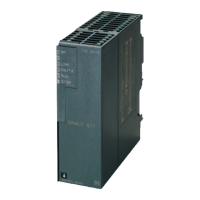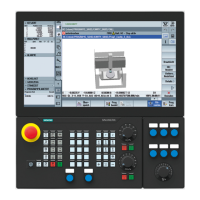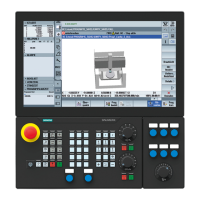Operating Modes and Character Recognition
6NH7811-0AA22 © Siemens AG 2002 All Rights Reserved
4-8 MD2 Modem (07/2002)
4.1.5 "Signal refresh off" Operating Mode
The "Signal refresh off" operating mode is essentially the same as the "Normal"
operating mode except that here the refresh and synchronization logic is switched
off. In this case the RS485 interface cannot be used.
Note
The refresh and synchronization logic ensures that the sampling of the signal
received from the WAN interface is synchronized and then refreshed.
The "Signal refresh off" operating mode is designed for operation with transmission
speeds less than that which is set. Any transmission speed can be selected in this
case. The MD2 modem operates "transparently" in this operating mode. The
message running time through the modem is reduced to 1 bit.
Note
Note that not refreshing the received signal can result in interpretation errors.
This, in turn, can result in transmission errors. This is caused by character
distortions of up to 40% measured on the bit length of the transmission speed
(baud rate) set on the modem. Setting a lower transmission speed on the DTE
correspondingly reduces the character distortion. The character distortion (in
percent) can be calculated with the following formula:
rate baudModem
rate baud DTE
40%distortion Character ·£
Example: A modem baud rate of 1200 bps and a DTE baud rate of 120 bit/s
results in a character distortion of less than 4%.
Point-to-point, multidrop and star networks can be built with the "Signal refresh off"
operating mode. The setting for the character recognition method is irrelevant. All
transmission types are possible (see Table 4-1).
The following illustration shows the setting on the 10-pin DIL switch of the MD2 for
the "Signal refresh off" operating mode.
Fig. 4-5 DIL switch setting for the
"Signal refresh off" operating mode
1234
OFF
ON
5678 910

